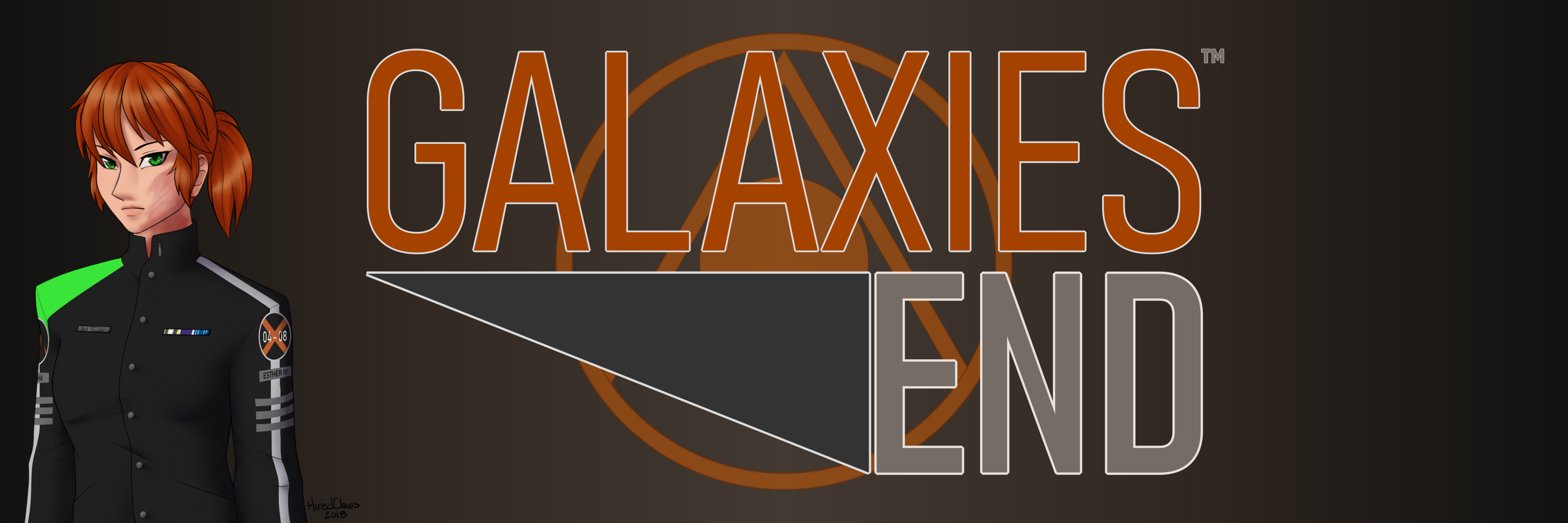Skolkot
Skolkots are migratory predators native to the planet Navos. The species is most well known for its stalking skills and its wings that allow it to glide from high places to drop on unsuspecting prey. First discovered by the colonists of the Kovcheg Navosa during a migratory season, the Skolkot has become a familiar companion among Navosians for hunting, tracking, and companionship.
Anatomy & Morphology
Biologists generally describe skolkots as long, slender mammals with four legs and two wings, a long, flexible finned tail, a hardened beak-like muzzle, and a pair of large, rounded ears. Their bodies are covered in frizzy, striped fur, typically in varying shades of light and dark browns. They have relatively large eyes in light shades of cyans, purples, and greens with horizontal pupils, and a rod and cone structure providing excellent night vision compared to humans and resulting in having a cat-like 'eye shine' in the darkness.
Skolkot legs are digitigrade. Their paws have retractable, sharp claws for gripping prey and climbing. They also have thick, leathery pads to protect their feet from underbrush, rock, and other debris on the ground. Their skeleton is laid out such that they have two front legs, two rear legs, and a pair of wings between them, near their center of gravity.
While skolkots are incapable of actual flight, their wings allow them to glide from high places, and they use the fins on their tails to make minute adjustments mid-glide. Their wings are leathery, covered in a thin layer of fur, with five fingers that skolkots can independently move to control their descent better while gliding. When not in use, their wings fold neatly along their body. The typical skolkot's wingspan tends to be as long as their body measures from head to tail.
Discovery & History
The original Navosian colonists were the first to discover the skolkot. Navosian colonists had initially been wary of these creatures as they arrived during their standard migratory period. Still, they mainly seemed docile and curious, seemingly uninterested in hunting humans. Over the next several years, they became a regular appearance in Navosgrad and her neighboring colonies.
Sometime later, on an unknown date, a Navosian decided to capture young skolkots to raise and train them. At this point, skolkots had become known for their stalking prowess from observations by biologists. The cubs proved relatively easy to raise and train. The species quickly became the first native working animal, supplementing the colonists' dogs and horses.
Current Use
Skolkots have become an everyday domestic companion for Navosians. In most cases, they act as working animals, aiding in tracking prey for hunters. Skolkots are also commonly used for search and rescue operations, contraband searches, and in some cases as an intimidation factor by Navosian Police and the Zulusskiy Defence Force's Criminal Investigation Division. They are also kept as companions and pets by higher-ranking government and military officials throughout the Arshanov Federation.
Extended
This article is part of the Extended Lore series. These articles exist to provide extra background information on various aspects of Galaxies End but are typically not the core focus of any RPG modules or writings, whether released or planned for the future.







Comments